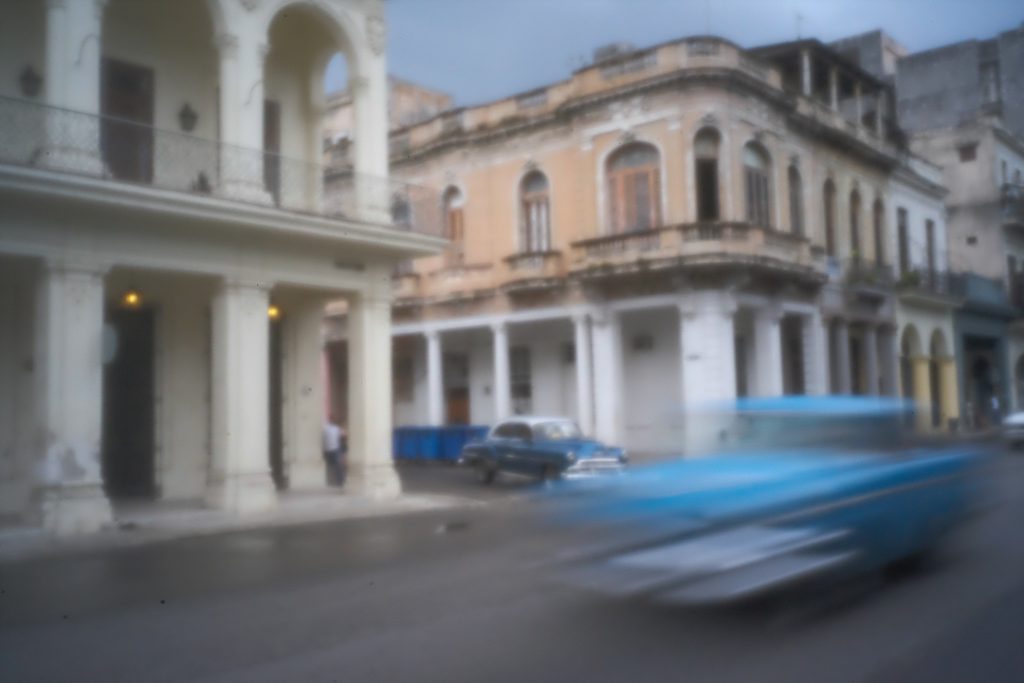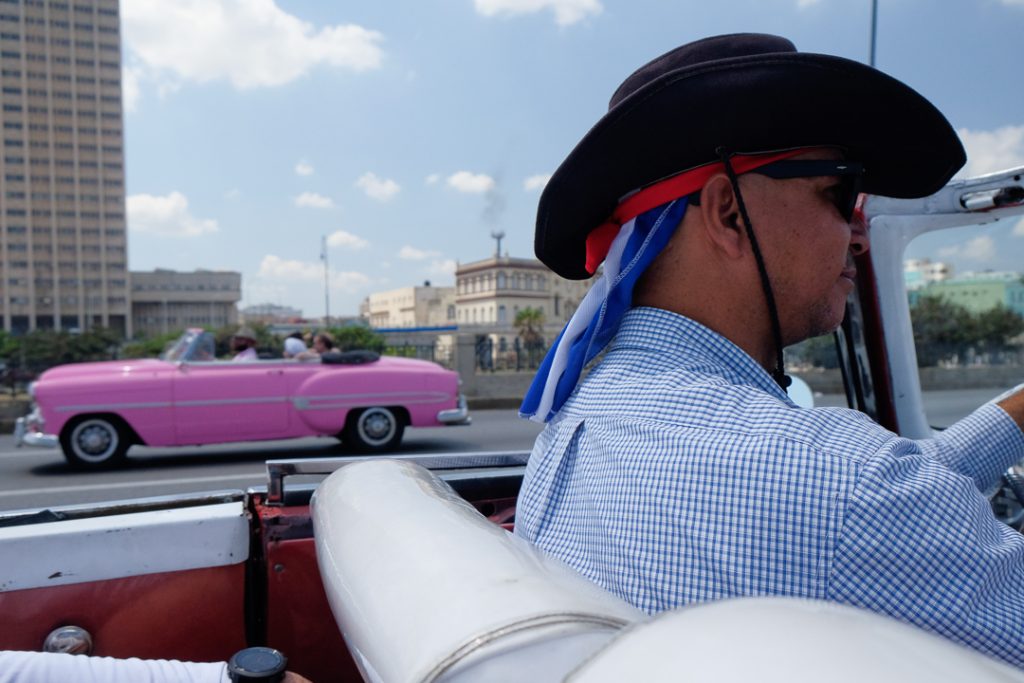“Look! The new ’59’s!”
September, 1958, 5th grade at Pleasant Ridge elementary school. I was seated at the far right of the classroom, right behind Kathy MacNeil and her long black wavy hair. The left side looked out over our asphalt playground onto Montgomery Pike, a major north-south thoroughfare. Before the advent of Interstates, it was the primary route large car carriers would be taking from Detroit to points south of the Ohio River. A mass of 9 year old boys crammed the window sills, straining to look at the changes made in next year’s Fords.
Before I could get over to the window, Mrs. Sauer, after a few moments of indulgence, had herded the class back into their seats. But they still buzzed with comments like: “Wow, did you see those fins – even bigger this year!”
The Fifties – the decade in which I grew from infancy to pre-pubescence – were a time of irrational exuberance in American car design. Maybe it was a release of animal spirits after the decades of repression during the Great Depression, WWII, and the immediate aftermath – a time when cars of necessity were both rare and unchanging. Or maybe it was the discovery of “planned obsolescence”, changing the exterior to inspire more frequent purchases. Boys like me knew all the cars, and could tell one year’s model from the next, quite easily. We were already being indoctrinated into the sex appeal of personal transportation.
Visiting Cuba is like taking a country-sized amusement park ride back into those times, with all the emotional charge that a return to long-hidden childhood feelings carries. My family only bought Fords. From the early rounded form of the ’51, through a ’55 Country Squire wagon, to a ’59 Fairlane, I had a front row seat to the unique evolution of Ford’s form in that decade. The introduction of curved, single sheet front windshields, about 1952. The appearance of bullet taillights in ’53, evolving into the understated fin on the ‘55s. A small supernumerary tail-light appeared at the top of the fin in ’56, disappeared in ’57’s angled fin, re-appeared larger and higher in ’59 after the bullet was replaced for one year only by twin tail-lights (to match the new twin headlamps) in ’58.
All those cars, and their GM and Chrysler counterparts, still roam the city streets and country byways of Cuba. Not because it’s an island of classic car lovers, but due to 56 years of entrenched – no, ossified – policies by the governments of both the US and Cuba.
In 1961, after Fidel Castro publicly announced his allegiance to Communism, we began an economic boycott which persists to this day. So no US cars were imported to the Island after the the 1959 model year. Also, no new parts, no gasoline, no food, no financial ties – nothing.
There are other cars in Cuba. By the 70s and 80s, Russia had become entrenched as Castro’s patron, and thus tiny, tinny, shock-less Ladas can be seen roaming the streets. They have no intrinsic visual or emotional appeal, all having the same generic and under-engineered appearance, a socialist throwback to the old Henry Ford philosophy of “Any color you want as long as it’s black” with which he peddled his unchanging Model Ts. And a few well-healed Cubans can afford late model Chinese Geelys and Korean Kias. But, due to the tight control the Cuban government holds over imports, a car we would buy here for under $20,000 goes for two or three times that, a princely sum in a country with a fake economy.
So the Cubans have become, in the words of one member of our trip, “The best mechanics in the world.” About half of the remaining cars from the ‘50s have been re-purposed into tourist taxis, held together with spit and baling wire, bright enamel paint jobs, and belching tail pipes. The one we rode down Havana’s seaside Malecon back to our casa from the Museo de Revolucion was proudly said to get 3 km/liter (7 mpg).
Cheryl and I were determined to to ride at least once in a convertible. After walking the 3 km from our casa and back to various museums on the penultimate and final days of our trip, we stepped out of the Museo and spied several gleaming rag-tops nearly sweating in the noon-time tropical sun.
Sweat beaded across my eyes and the back of my shirt as a couple of touts approached. “Taxi, senior!”
“We want a convertible.”
“OK. Open, you take my open.”
[This entire conversation was carried on in a mixture of Spanish and English on both sides, but for purposes of clarity, I’m putting it all in English, as I have no idea how to render the mangled Spanglish we each were using.]
“How much? To Calle 19, between N and O. Near Nacional Hotel.”
“20 CUC”
Astonishment. Bluster. “¿20? No, 10!”
“Oh, no, for open you have to pay 20”
“Ok, we walk then.”
Sincere gaze into my eyes, deep concern for the well being of these viejos. “It is very far. Very Hot. You want open, you pay $20.”
I keep walking. I insist we are strong, we have walked this way two or three times before yesterday and this morning.
“15?” I hear a slight tone of apology and urgency.
“No, 10 is all I want to pay. We walk.” And we do. We keep walking north, towards the Malecon. A new voice rushes up behind me – the closer, maybe.
“You want open, Señor?”
“Yes.” I say no price.
“I get you for $12.”
“Open? $12?” Simultaneously, I clap my hands once, sending my left hand up into space. “You’ve got a deal!”
And so Cheryl and I found ourselves burning up one liter of Venezuelan petrol, stinking up the six lanes of the Malecon, while a driver festooned in a bandana head scarf and vaquero hat regaled us with tales that this vehicle still had it’s original engine. It sounded like it.


